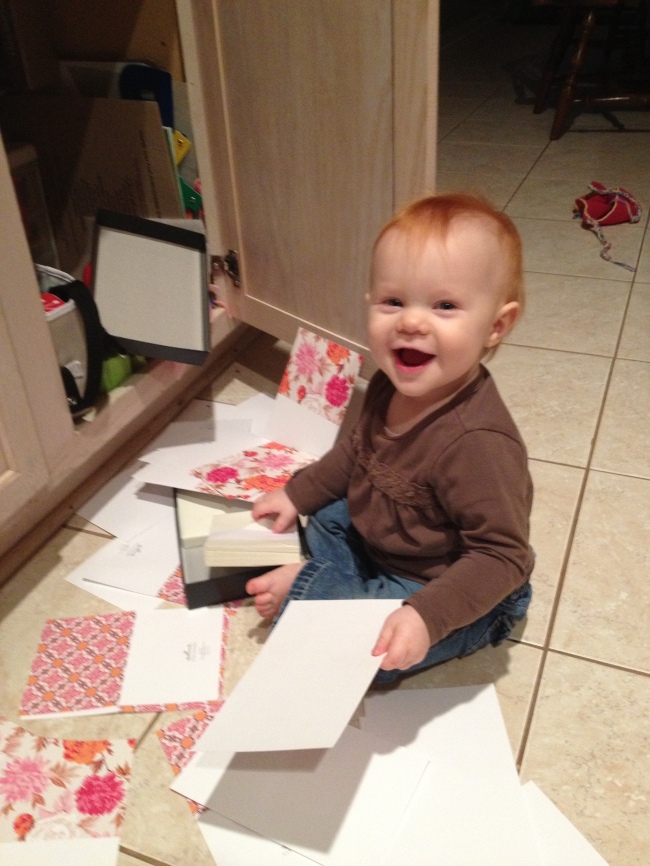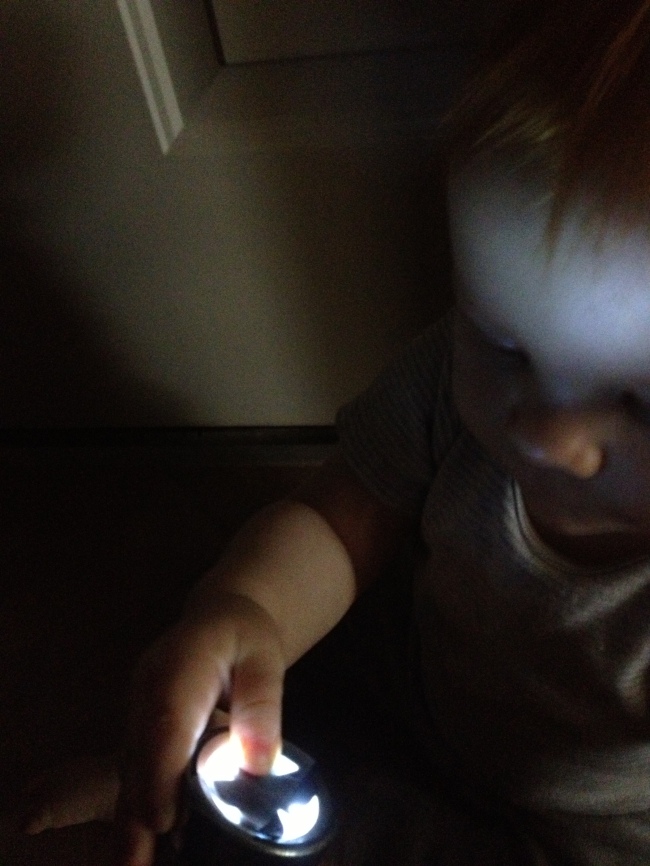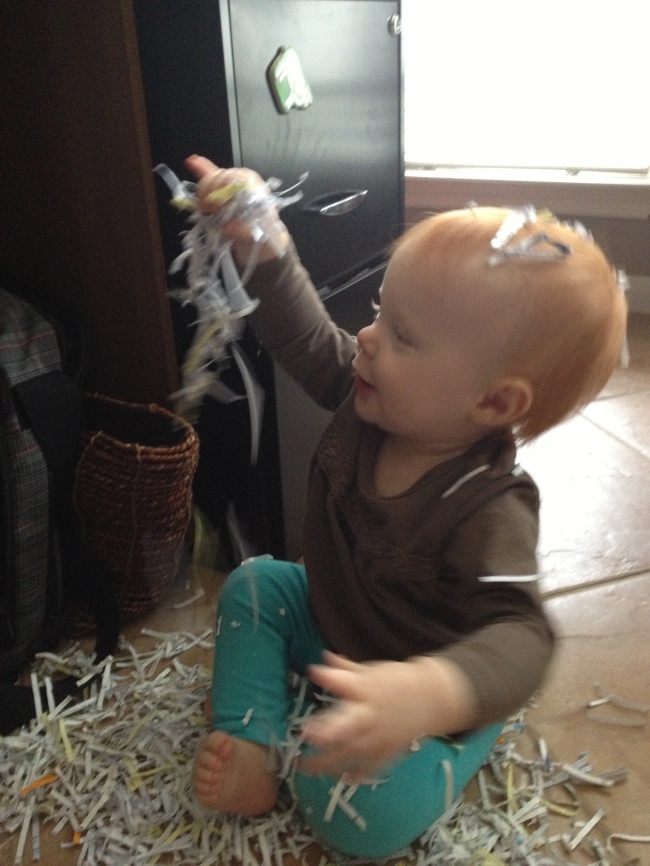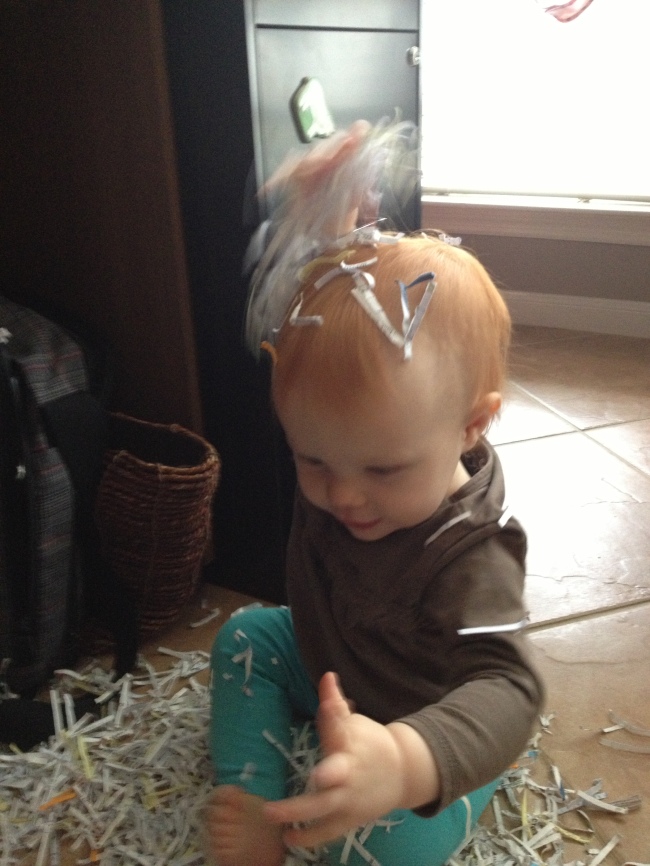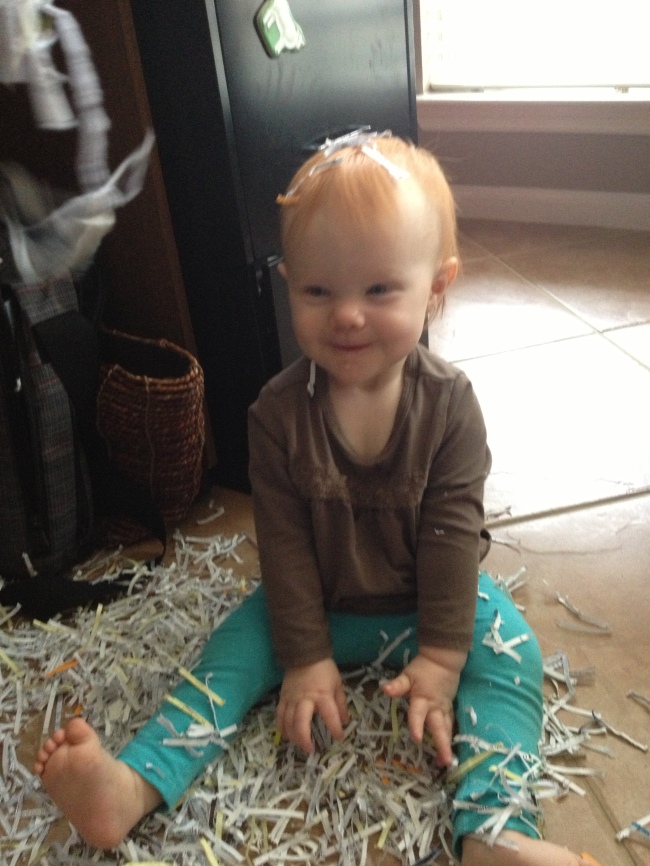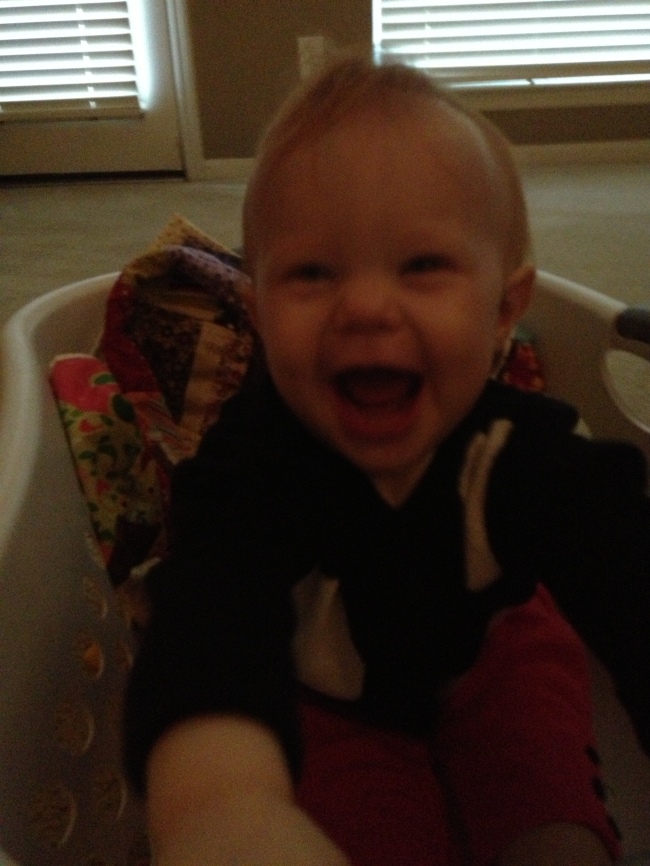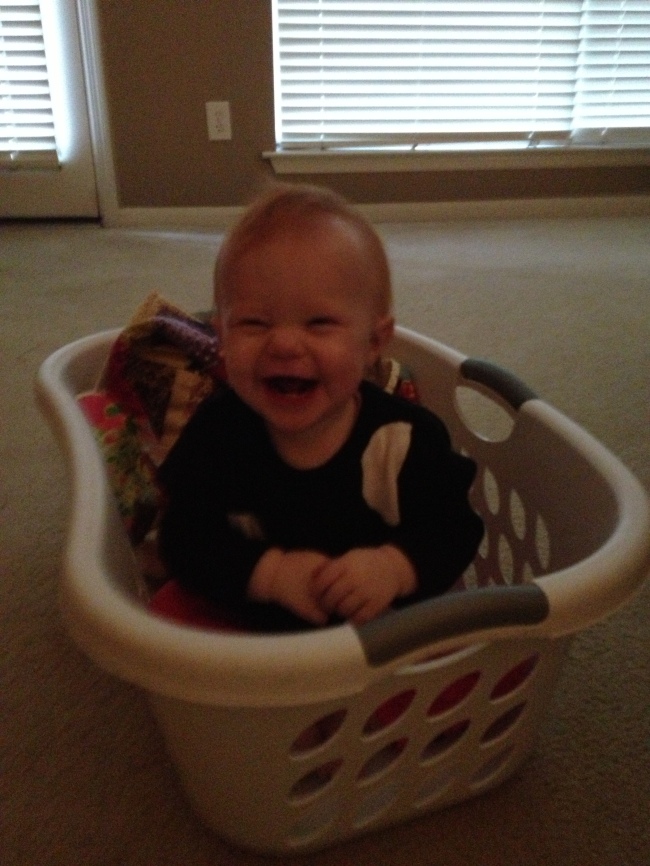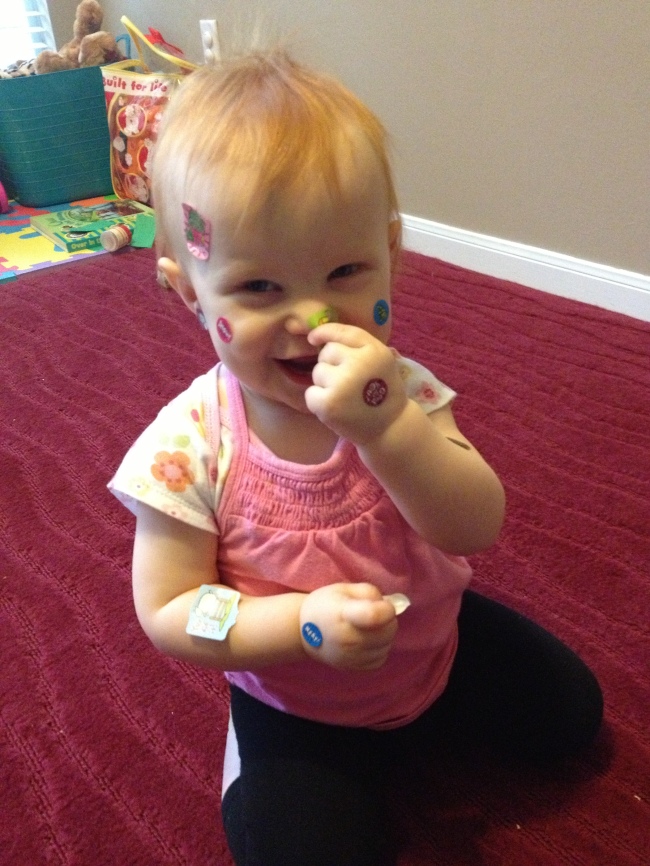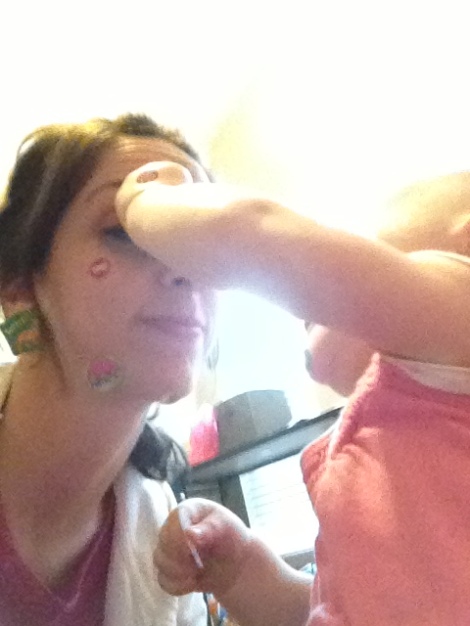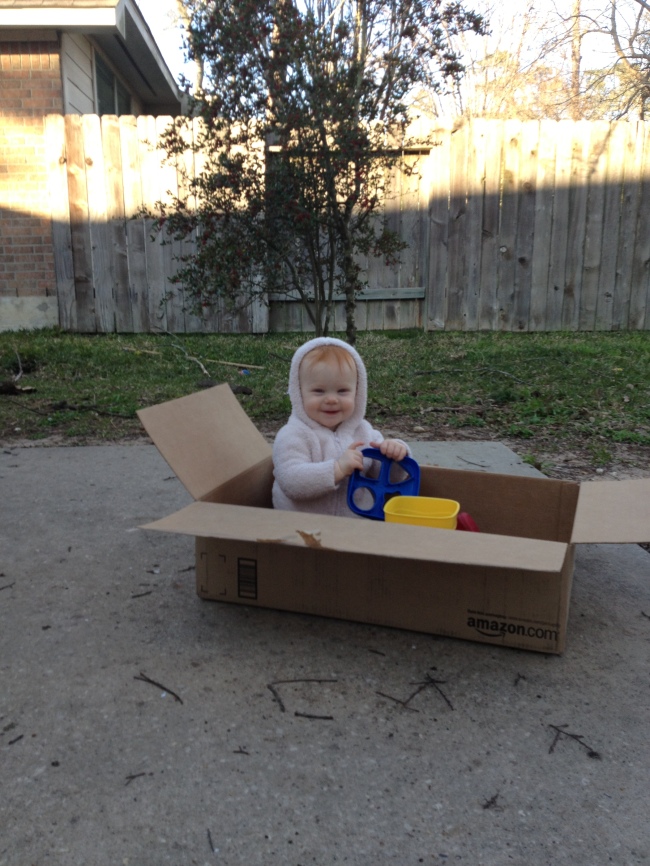Rhythm is something I love to talk about! So you lucky ducks out there, this is my personal shpill on the subject. Since my background & current occupation mainly involved/involve the young’ins, this is really targeted to those interactions. (But it can be applied to any age, of course.) Whether you are a parent, teacher, nanny, sister, uncle or child’s nursery leader, I hope you find something useful.
Footsteps, raindrops, wind, breath, lawn mowers, ceiling fans, water boiling, heartbeats, music, spoken language, body movement, and clickety-clackety typing. Random things? Yeah. But all full of rhythm.
Rhythm is in the way the world spins, the sun rises and sets. It is felt with every intake of breath and every footstep walked. It is heard amongst daily mundane tasks to the sought-after beats blaring from the radio. Right? It is woven into the fibers of every airplane that flies overhead to the tiny crickets chirping in the grass. Okay, you get the point (I hope): it is everywhere. But most importantly, rhythm is amazingly ingrained into our beings. I just find it all pretty cool.
Mickey Hart from Grateful Dead (60’s rock band) said it this way:
“Rhythm is there in the cycles of the seasons, in the migrations of the birds and animals, in the fruiting and withering of plants, and in the birth, maturation and death of ourselves.”
Isn’t that lovely?
Yes, well… that’s all fine and dandy. But why does it matter? Why is rhythm so lovely?
The Why
Because people like rhythm. The linguist David Crystal, author of The Cambridge Encyclopedia of the English Language said,
“The rhythm is an important factor … the more that expressions conform to an iambic pattern, more people like it.”
He’s talking about language specifically and I’ll witness to that statement. My favorite childrens’ books are usually filled with catchy, satisfying rhythmic patterns (poems & rhyming ya know like Brown Bear, Brown Bear for example.) Poets or poetry fans out there will agree. With the steady pum-pum, pum-pum, pum-pum of our heartbeat is it any wonder?
Is it any wonder we want to tap our toe to a Dean Martin classic or clap our hands to the Beatles? (I will always be an advocate for dancing in the kitchen, don’t you worry.) Though I can’t answer why we need a heartbeat–other than knowing God created such a magnificent pump to get blood throughout our body and keep us alive and all that other stuff–I have experienced and witnessed how utilizing the rhythm ingrained within and around us can be a tool!
A tool? Yes! Really. Tools are handy dandy little things, and if you really think about using rhythm to your benefit (and others) then you will want to keep it in your toolbelt.
The How
Keep it simple. Don’t over think it. You’ve got rhythm IN you. Yeah yeah, no excuses of “two left feet”. It is only a matter of finding the speed, the pace, the motion, the endurance that lies behind your unique way of speaking, walking, breathing, thinking, seeing and living, and then using that to respond to others’ speed, peace, motion, etc.
Have you ever watched a teensy babe perk right up a hand-clap, a vocal “ba ba baba ba”, or hey, even a whistle tune? Babies as early as six months pick up simple rhythms. (Example of Hannah about 8 months old)
I’m positive you would witness such simple, rhythmic interactions happening with children and parents all across the world. This simple fun comes naturally to us. (Rightly so, if something is thumping away in our chest cavity!)
Working with children with special needs (some of my favorite people in the world!) I noticed some pretty neat things about rhythm and how to use it as a tool (again, mainly with our interactions with infants & children). Amazing, I tell you!
Rhythm can:
1. Help with those hard moments
- Meltdowns
- Whether it’s rocking a crying baby, patting the back of your teary-eyed 3-year-old or repeating a gentle “it’s all right, it’s all right” to a five-year-old who just lost her toy out the car window, rhythm is soothing.
- I personally think swaying in a tree hammock or rocking in a rocking chair is soothing and quite comforting. But it may not be so for everyone. This is where we need to remember everyone’s inner rhythm (and likes/dislikes) differ. Especially those with sensory processing challenges. (Which is an entire topic in and of itself!)
- Waiting
- Children and waiting don’t like each other and often result in frustrating meltdowns for everyone. A fingerplay like “Eensy Weensy Spider” or a game like “I spy with my little eye” might be just the thing to help those kiddos focus on something other than attempting to stand still or waiting for their McDonald’s cheeseburger! (Prevention here!)
- Sometimes this rhythmic validation might settle the unsettled, also helping to prevent a meltdown: “First wash, then snack! First wash, then snack!” (This has helped my girl get through those long seconds of hand washing, acting like the world ended, and not knowing, well will I get my snack?!?!)
2. Redirect attention
- Alternative to Using “No”
- Saying “No! Stop putting that crayon in the light socket!” isn’t working? Well, pull out a little chant to redirect their attention to something appropriate and more exciting. I use this all. the. time. Instead, “Ohhhh! Look look looook! Look at that boook!” Convince them, the book more exciting than that crayon!
- Personal Examples:
- Right now on the home front throwing things can easily turn into a funny game that is hardly discouraged with a firm “No!” So what do I do? Get something more exciting and act super excited about it with some catchy chant. (I know this might not work with every kiddo. Keep trying. Don’t give up!)
- Diaper changes. Everyone’s least favorite thing right? Truth: Squirming, screaming children create poopie diaper nightmares. But if I take a deep breath (hey, that alone can turn into a game!) and start saying “Where is your nose? I see your nose! Where are your toes! I see your toes!” or some other silly made up game or song, it usually can distract from the awful task of wiping her bottom.
3. Create smooth transitions to & from activities (in classroom or at home)
- Predictability
- Repetition, rhythm, routine are all so closely connected. Together they create predictability to cue Sammy that it’s time to leave his favorite toy train and head to something else that’s fun! The clean-up song, right?
- Encouraging Motivation/Participation
- Who teaches their kids to sing ABCs while washing hands? Or tell their kids to jump like a bunny to the car? It can be as easy at 1, 2, 3! Ready, set, gooooo! Using count downs (or count ups) and those 3 magical words (ready, set, go) are priceless. Never overused.
- The web is FULL of fun transition rhymes and songs. Not only for school use, people! I love singing this old song by Woody Guthrie’s when it’s time to get in the car. I just can’t sing quite as fast as he does.
4. Teach/learn new concepts
- Rhythm helps memorize. Known fact, right? I bet you can remember at least one song or verse you learned as a child. Mary had a little lamb, it’s fleece was … ? I memorized a poem when I was probably seven or eight and without even glancing at the written words in over 20 years, I still can quote it word for word! But, ask me to recite mathematical equations I labored over in college? Not a chance. What would it do for education to up the rhythm a little bit?
- Even Arthur uses a chant to remember the spelling of aardvark. And hey, I still remembered how to spell it, too! Har har.
5. Bring more fun or variety into daily activities, chores, learning, etc.
- “Whistle while you work…” Why? Cuz it makes it more FUNNN. Even dwarfs know that!
- Music, movement (exercise, sure!), story time, especially circle time!
- As a teacher these activities were always underlined with rhythm. Isn’t it more fun to do the actions to Wheels on the Bus? Your body rhythm is gettin’ involved (to say the least). And isn’t it a little more fun if you stomp or clap your hands or something while counting the days of the week or months of the year? Or give me a 1-2-3-4-5, stretch and touch the sky, 6-7-8-9-10, let’s do it over again. Teehee.
6. Create & sustain engagement with an infant or child
- Whether verbal or nonverbal communication is one of the most beautiful, rhythmic patterns and it starts at the beginning life! Within that beauty, it works its magic to capture attention and hold engagement!
- Encourages brain development from the beginning
- This cute mom & baby show super simple, fun rhythmic interactions. She has captured that baby’s attention with a great balance of sounds, language, and movement all at the baby’s level. It helps baby connect socially, develop language, and learn about this big world she just entered. If that’s not enough of a reason to talk, coo, sing, and mimic with your baby I don’t know what is!
- Capturing that attention
- Did you know that singing “Five Little Monkeys Swinging From A Tree” contains the power to capture the attention of a 4 year old niece in point two seconds?? Seriously. My sister said to me the other day if you sing instructions to your kids, instead of “barking” at them, they respond better. I believe it! Want to catch their attention? Get them to listen? Have a conversation? Use a song. Use a chant. Make up a poem. See what happens.
Whew. Who lasted through all that? If any of you did, congratulations. You deserve a medal! Haha. Seriously. But like I said, I love talking about rhythm and becoming more aware of it’s magic! It is a handy dandy tool, and I hope you’ve found a few things you might want to give a whirl. Sometime. 🙂
Thanks for joining!
